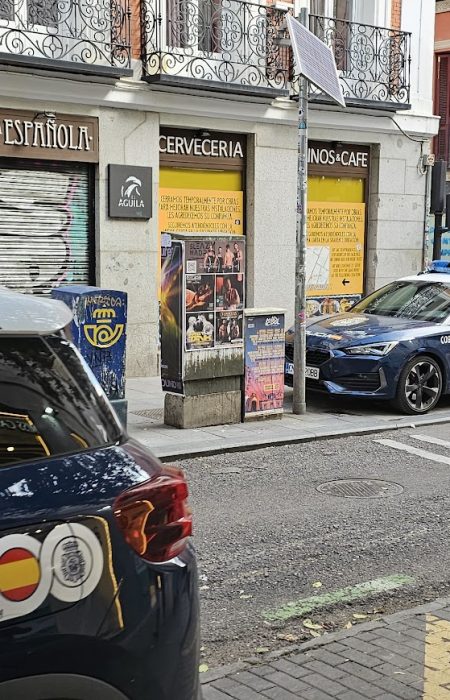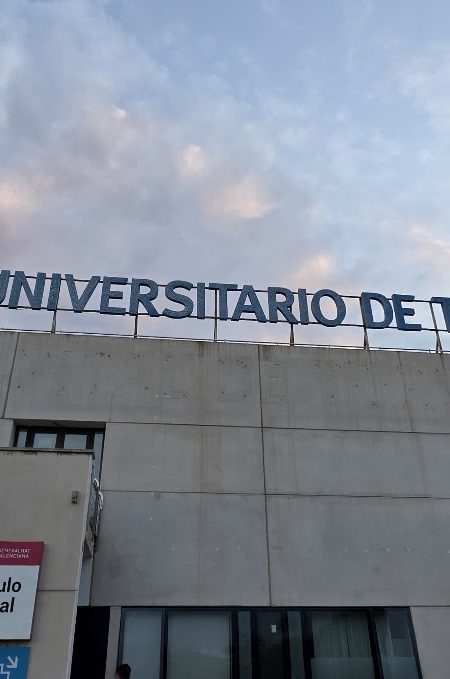The Costa Blanca, celebrated for its beaches and vibrant lifestyle, also boasts a rich cultural heritage reflected in its diverse museums. These institutions offer insights into the region’s history, art, and traditions, providing a fascinating counterpoint to its sun-soaked allure.
Alicante’s Cultural Gems:
- MARQ (Museo Arqueológico de Alicante): This award-winning archaeological museum is a must-visit. MARQ takes visitors on a journey through the region’s history, from prehistoric times to the modern era, with interactive exhibits and impressive artifacts. It’s renowned for its innovative presentation and engaging displays, making it accessible to all ages.
- MACA (Museo de Arte Contemporáneo de Alicante): For art enthusiasts, MACA offers a compelling collection of 20th-century Spanish art, including works by renowned artists like Eusebio Sempere and Juana Francés. The museum’s minimalist design provides a serene backdrop for appreciating the art on display.
- MUBAG (Museo de Bellas Artes Gravina): Housed in a beautiful 18th-century palace, MUBAG showcases a collection of 19th-century Alicante paintings and sculptures. It provides a glimpse into the region’s artistic heritage and the social context of the time.
Beyond Alicante:
- Museo del Turrón in Jijona: Jijona, the birthplace of turrón, a traditional Spanish nougat, is home to a museum dedicated to this sweet treat. The Museo del Turrón offers a fascinating look at the history and production of turrón, with exhibits on the ingredients, techniques, and cultural significance of this delicacy.
- Museo del Chocolate Valor in Villajoyosa: Similarly, Villajoyosa, known for its chocolate production, houses the Museo del Chocolate Valor. This museum takes visitors on a journey through the history of chocolate, from its origins in Mesoamerica to its modern-day production. Visitors can learn about the chocolate-making process and sample some of Valor’s delicious creations.
- Museo Arqueológico Municipal de Altea: This museum, while smaller than MARQ, provides valuable insights into the history of Altea and the surrounding area. It houses a collection of archaeological artefacts, including ceramics, tools, and jewellery, that shed light on the region’s past.
- Museo del Mar y de la Sal (Museum of the Sea and Salt) in Torrevieja: Torrevieja’s connection to the sea and salt production is well documented in this museum. It showcases the history of salt mining and fishing in the area, highlighting the importance of these industries to the town’s development.
These museums offer a diverse range of experiences, from exploring ancient civilizations to indulging in culinary traditions. They provide a deeper understanding of the Costa Blanca’s cultural heritage, enriching the visitor’s experience beyond the beaches and sunshine. They are perfect for those who want to add an educational and culturally rich aspect to their trip.









No Comment! Be the first one.